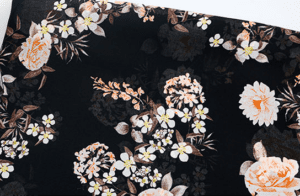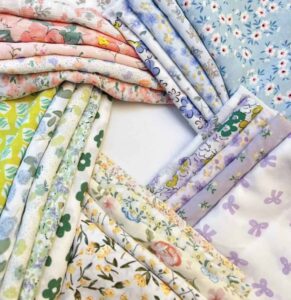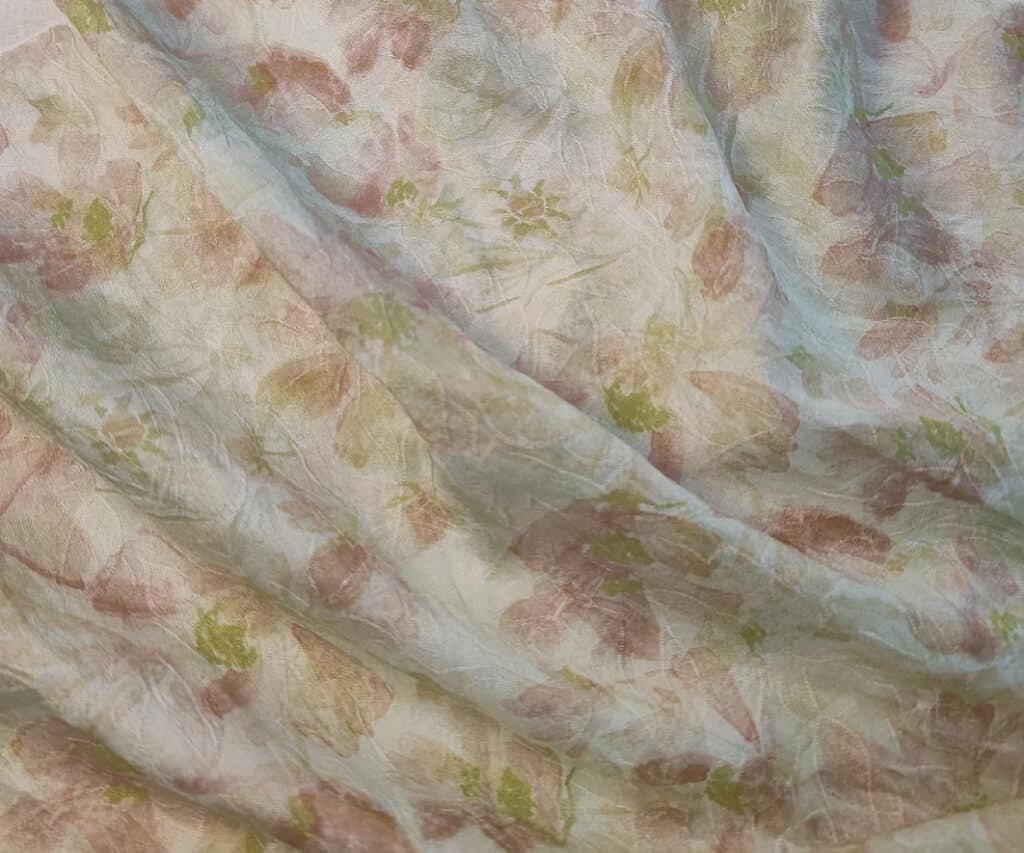
Effect on yarn diameter and density
Twisting makes the fibers in the single yarn dense, the gaps between the fibers decrease, the density of the single yarn increases and the diameter decreases. When the twist factor increases to a certain value, the compressibility between the fibers in the single yarn becomes very small and the density does not change much with the increase of the twist factor, on the contrary, it is possible that the diameter of the yarn increases slightly due to the excessive tilting of the fibers.
The diameter and density of the strands are also related to the twist direction of the strands and the single yarn. When the twist direction of the strand is the same as the twist direction of the single yarn, the relationship between twist factor and density and diameter is similar to that of the single yarn. When the twist direction of the strand is opposite to that of the single yarn, the density of the strand decreases and the diameter increases due to the retreat of the single yarn when the twist coefficient is small; when the twist coefficient reaches a certain value, the density of the strand increases with the increase of the twist coefficient, while the diameter decreases with the increase of the twist coefficient.
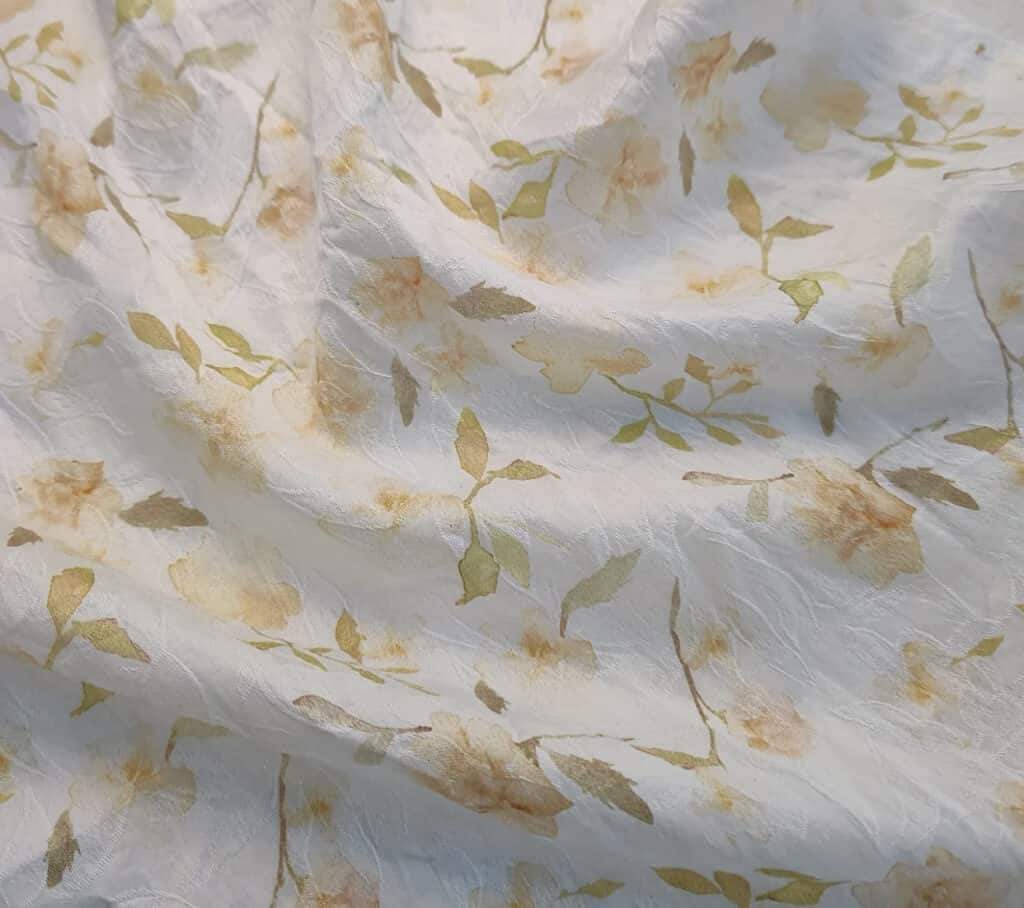
Effect on yarn strength
For staple fiber yarn, the most direct effect of twisting is to gain strength, but not the greater the degree of twisting, the greater the strength of the yarn, because there are both factors that are favorable and unfavorable to the strength of the yarn.
Favorable factors
(1) The twist factor increases, the centripetal pressure of the fiber on the yarn uranium increases, the frictional resistance between the fibers increases, and the possibility of yarn breakage due to inter-fiber slippage decreases.
(2) The twisting makes the yarn less uneven in strength in the length direction.
Yarn breakage always occurs at the minimum yarn strength under tensile external force, and the strength of the yarn is the external force that can be withstood at the weak ring. As the twist factor increases, more twist is assigned to the weak ring, which increases the strength at the weak ring compared to other places, thus increasing the yarn strength.
Disadvantageous factors
(1) Twisting makes the fibers in the yarn tilted, which reduces the axial force on the fibers, thus reducing the strength of the yarn.
(2) The twisting process of the yarn causes pre-stress in the fiber, and when the yarn is stressed, the fiber’s ability to bear the external force is reduced.
The effect of twisting on yarn strength is a unification of the above favorable and unfavorable factors in opposition to each other. When the twist factor is small, the favorable factors play a dominant role, as shown by the increase in yarn strength with the increase in twist factor. When the twist factor reaches a certain value, the unfavorable factors play a dominant role and the yarn strength decreases with the increase of the twist factor. The twist factor at which the yarn strength reaches its maximum is called the critical twist factor (ak in the figure) and the corresponding twist is called the critical twist. The process design generally uses a twist factor smaller than the critical twist factor to increase the productivity of the spinning machine while ensuring the strength of the yarn.
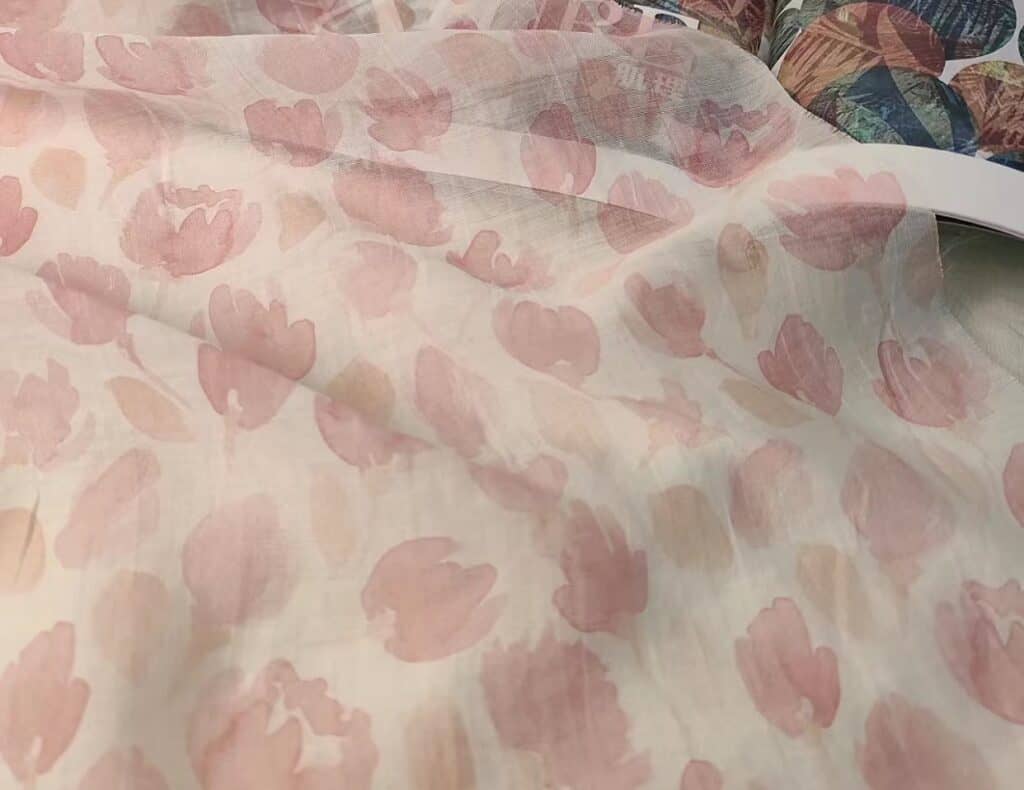
Effect on yarn elongation at break
For single yarns, twisting reduces the possibility of fiber slippage in the yarn and increases the fiber elongation deformation, which is reflected in the decrease of yarn elongation at break. However, as the twist factor increases, the fiber tilt in the yarn increases, which tends to reduce the fiber tilt and make the yarn thinner when stretched, thus increasing the yarn elongation at break. In general, the favorable factors outweigh the unfavorable factors in the generally adopted range of twist factors, so that the elongation at break of a single yarn increases as the twist factor increases.
For homogeneously twisted strands, the effect of twist factor on yarn elongation at break is the same as for single yarns. For anisotropic twisted strands, when the twist factor is small, the twisting of the strands means the retwisting of the single yarn. The average twist amplitude of the strands decreases with the increase of the twist factor, so the elongation at break of the strands decreases slightly, and when the twist factor reaches a certain value, the average twist amplitude increases with the increase of the twist factor, and the elongation at break of the strands increases.
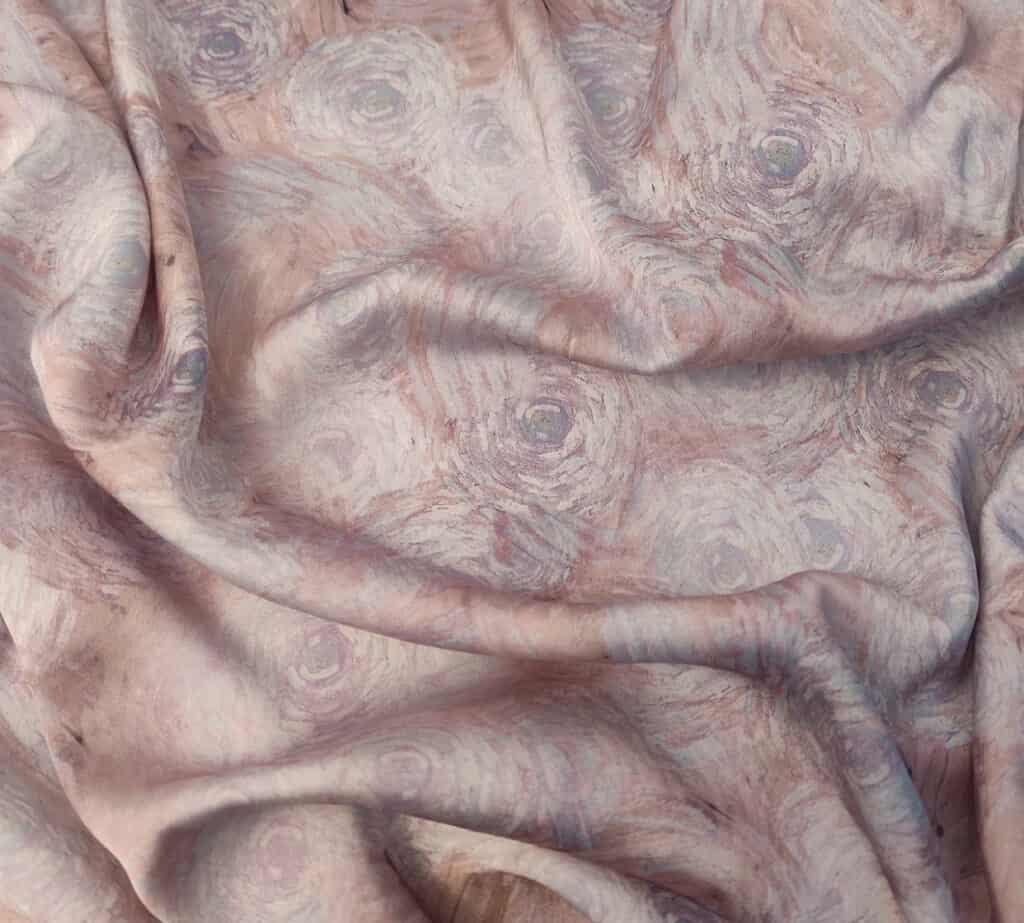
Effect on yarn elasticity
The elasticity of yarn depends on both fiber elasticity and yarn structure, and yarn structure is mainly formed by yarn twisting. For single yarns and strands twisted in the same direction, twisting makes the yarn structure tight, fiber slip decreases, fiber stretch increases, and within the general twist coefficient, the elasticity of yarn increases as the twist coefficient increases.
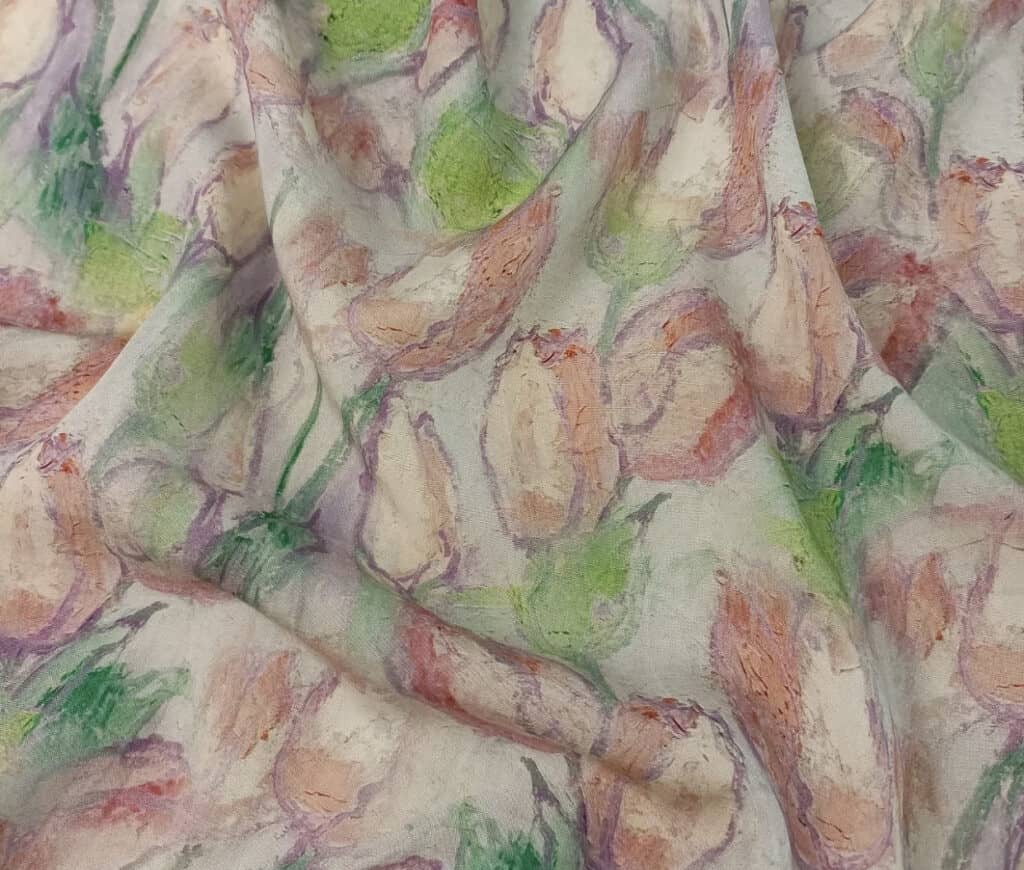
Effect on yarn luster and handfeel
For single yarns and strands twisted in the same direction, the twisting makes the surface of the yarn tilted and makes the surface of the yarn rough and uneven, making the yarn less lustrous and harder to the touch. When the ratio of twist coefficient of strand to twist coefficient of single yarn is equal to 0.707, the twist amplitude of the outer layer is zero and the surface fibers are parallel to the yarn axial direction, the luster of the strand is the best and the feel is soft.



















